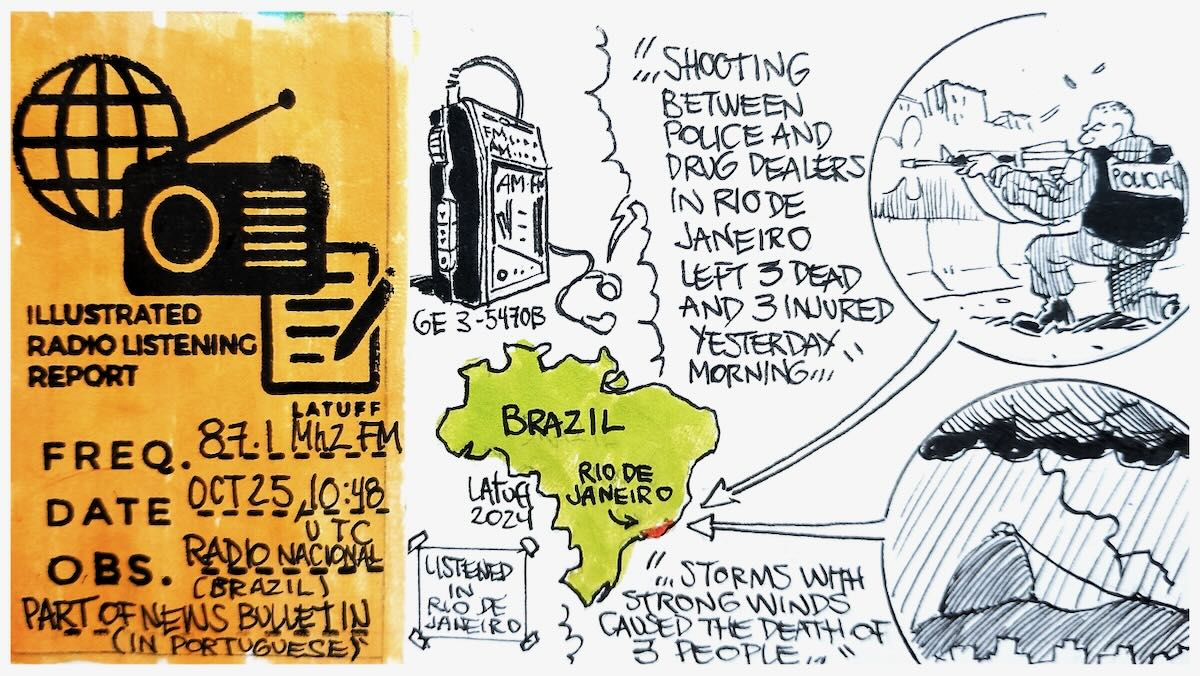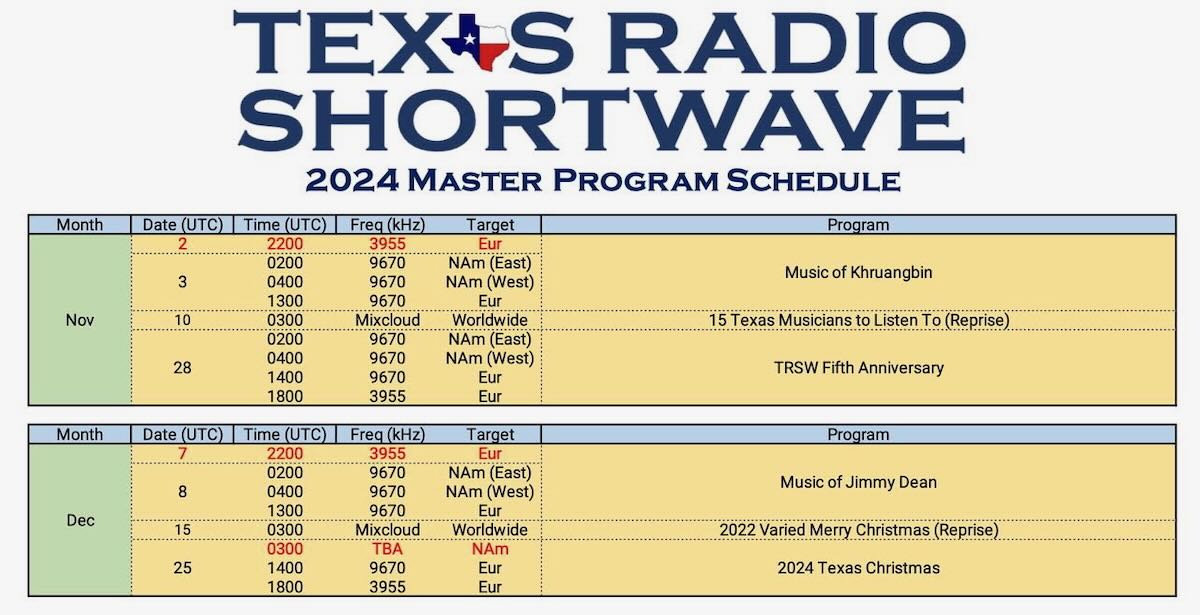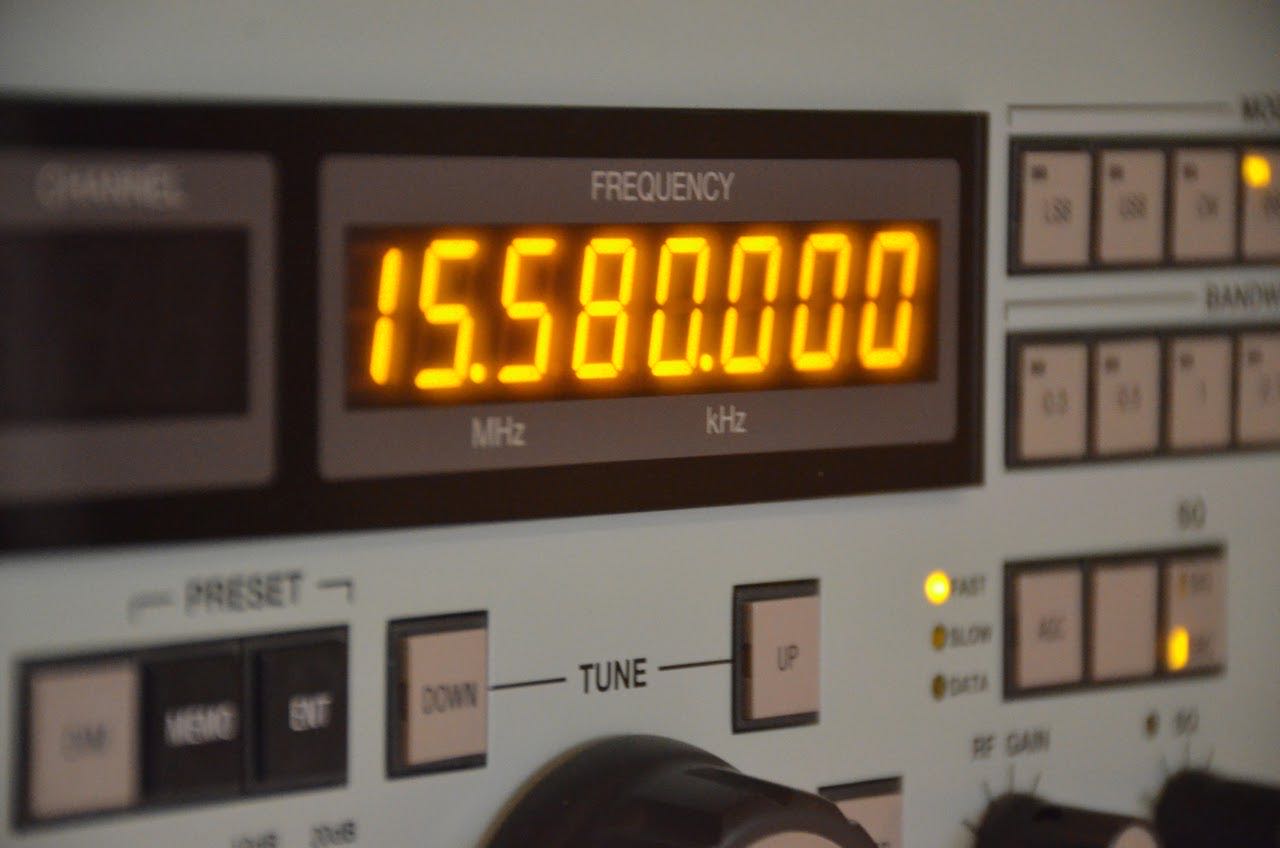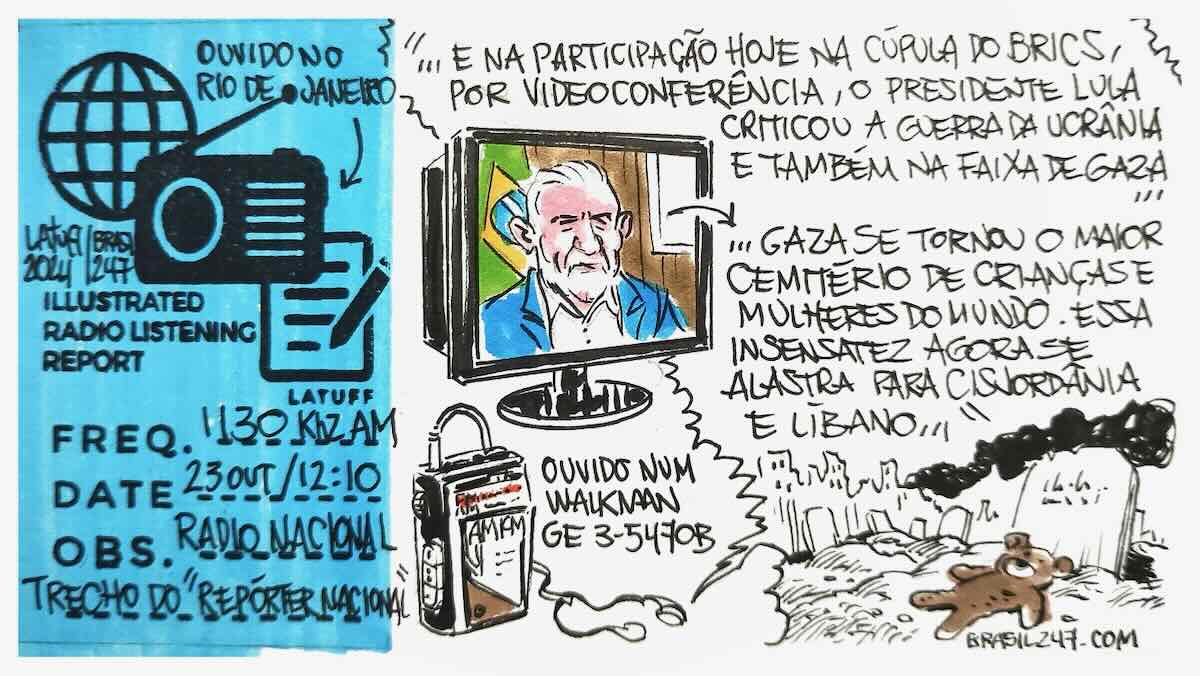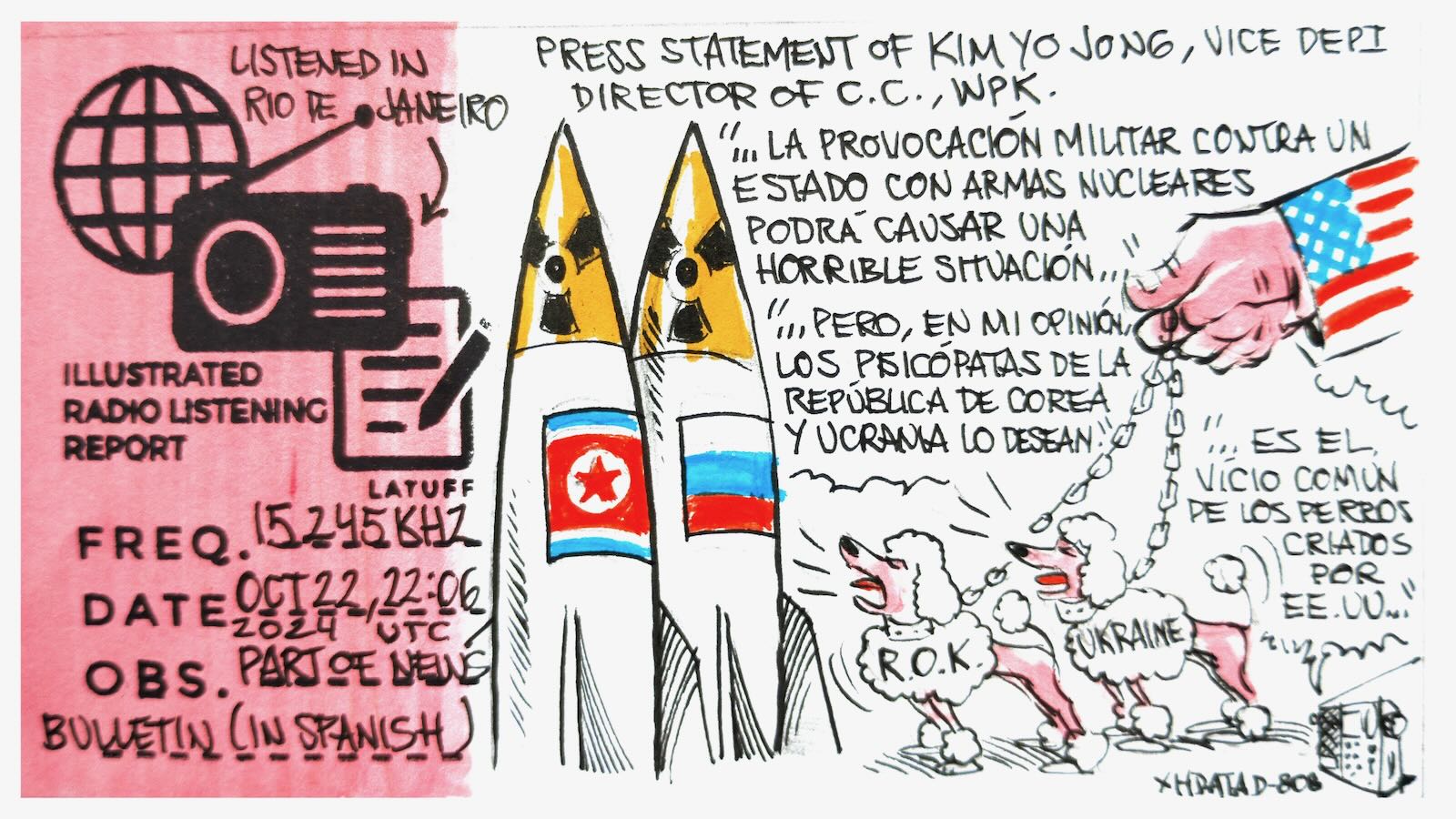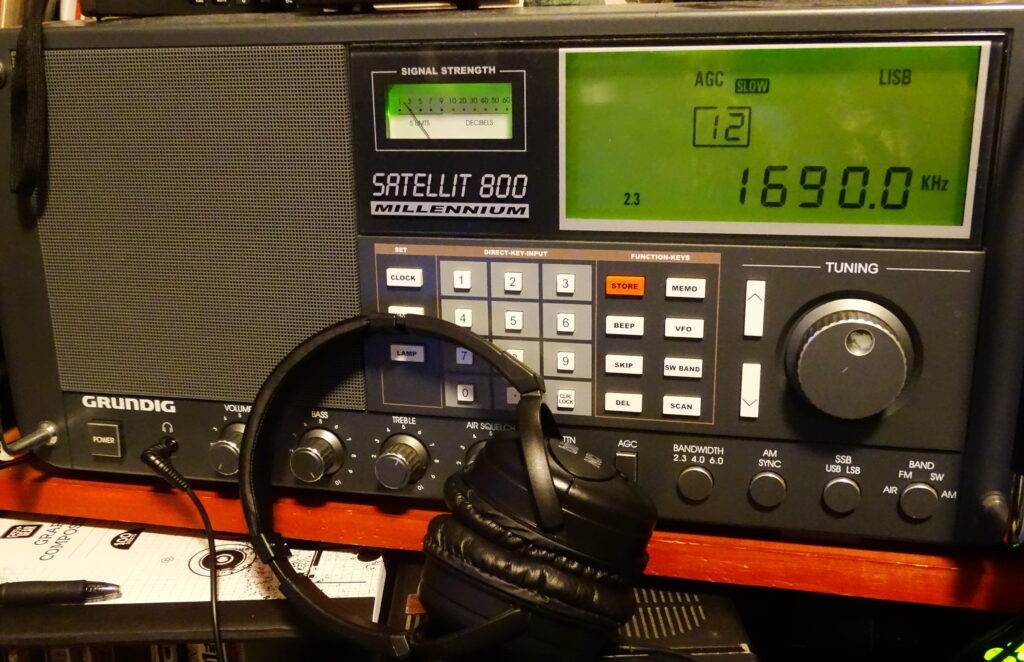 By Jock Elliott, KB2GOM
By Jock Elliott, KB2GOM
It was Bob Colegrove’s post — this one — that inspired me and set me on this path.
Medium wave broadcast band DXing (MWBCB) has a certain fascination for me, but I am poor at it. Oh sure, I have read the advice: map the band at noon, then again at midnight, and you’ll have a better idea of what’s unusual as you are tuning around. But I have never gotten around to doing the mapping, so my DXing skills are lousy at best.
When Bob asked, “What’s your favorite corner of the dial?”, he also mentioned the challenge hunting below 600 kHz. The implication: whatever is in that section of the band, there are probably not a lot of stations, and they are hard to hear. So, I reasoned in my tiny little brain: “If I hear anything down there, it’s likely to be DX.”
So I tried it, firing up the Grundig Satellit 800 hooked to an MFJ 1886 loop during the daylight hours. With exception of WROW, 590, in nearby Albany, NY, blasting oldies with 5,000 watts, I found nothing . . . and I do mean nothing: nada, diddly, bupkas, cipher, rien . . . dead band . . . deader than old Jacob Marley. I try it again in the early evening with three different radios with exactly the same results. Nuts.
But then I try again with the Satellit 800/1886 combo at a little after 0900Z and take Bob’s advice about using single sideband. Aha! Carriers 540, 550, and 560. Then at 570, a weird mixture: religious programming in American English over male and female voices in Spanish with time ticks and tones in the background. Is there a time station on this frequency or is it some sort of bleed-over?
On Tuesday evenings I run the Radio Monitoring Net on the 146.94 repeater. During the net, I mentioned the unusual signal I had heard on 570, and W2SRA, an expert DXer, responded with the opinion that this was likely a religious station on Long Island, NY, intermixed with a station known as The Clock from Cuba.
Here’s what Wikipedia has to say about it: Radio Reloj (Spanish for Radio Clock) is a government-owned Spanish-language radio station in Cuba . . . The station is noted for the sound of a ticking clock in the background, with its hosts announcing the time, every minute of broadcast.
I checked the distance from Troy, NY, to Santa Clara, Cuba where the 570 AM station is located; it’s 1449 miles. Wow! According to Wikipedia, the AM transmit power is 50,000 watts
Then I remember that William, KR8L, mentioned that he likes searching above 1620 (another less populated region of the band), so I give that a try. At 1690, I hear oldies, followed by ads for Southern Maryland. The station finally ID’s as WPTX, 1,000 watts nighttime power, in California, MD, a distance of 339 miles. Yes!!
Thanks, Bob and William, for turning me on to some more radio fun!

